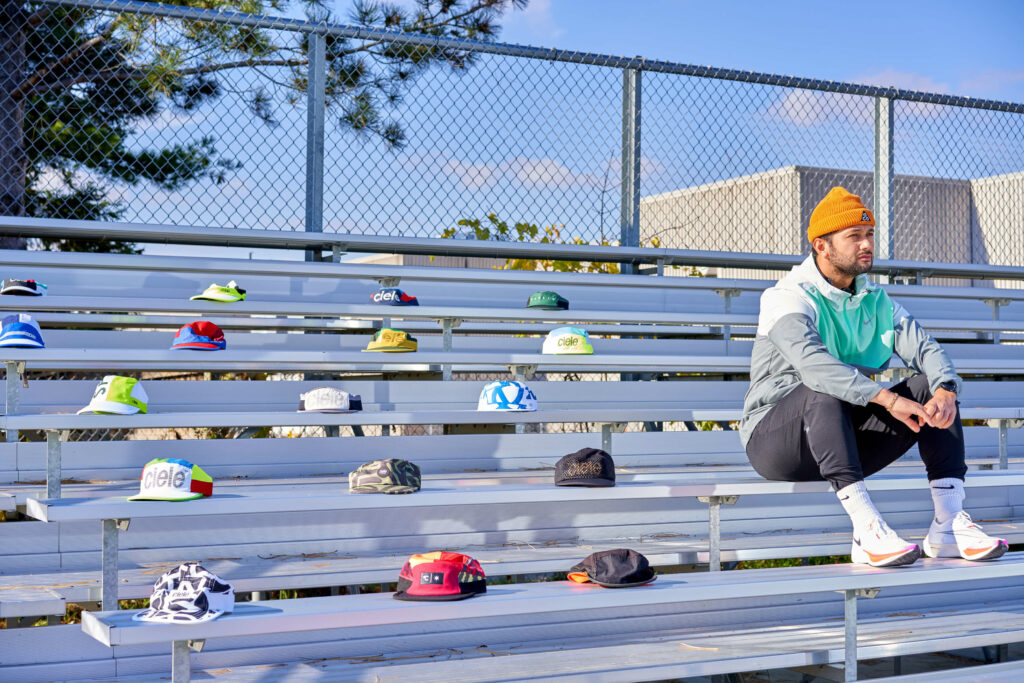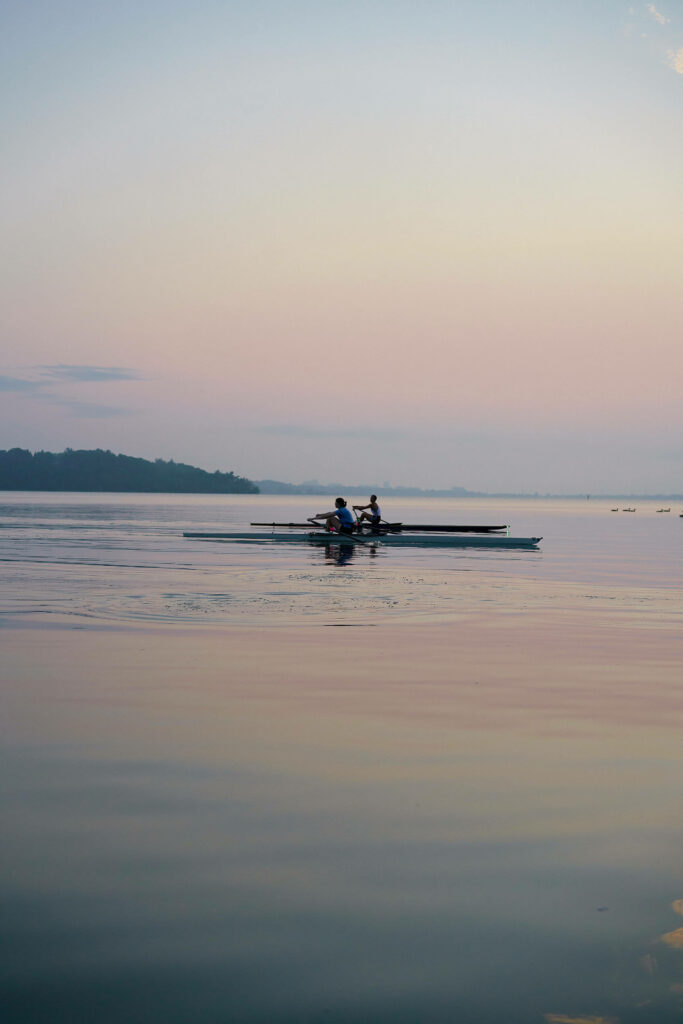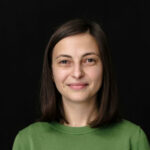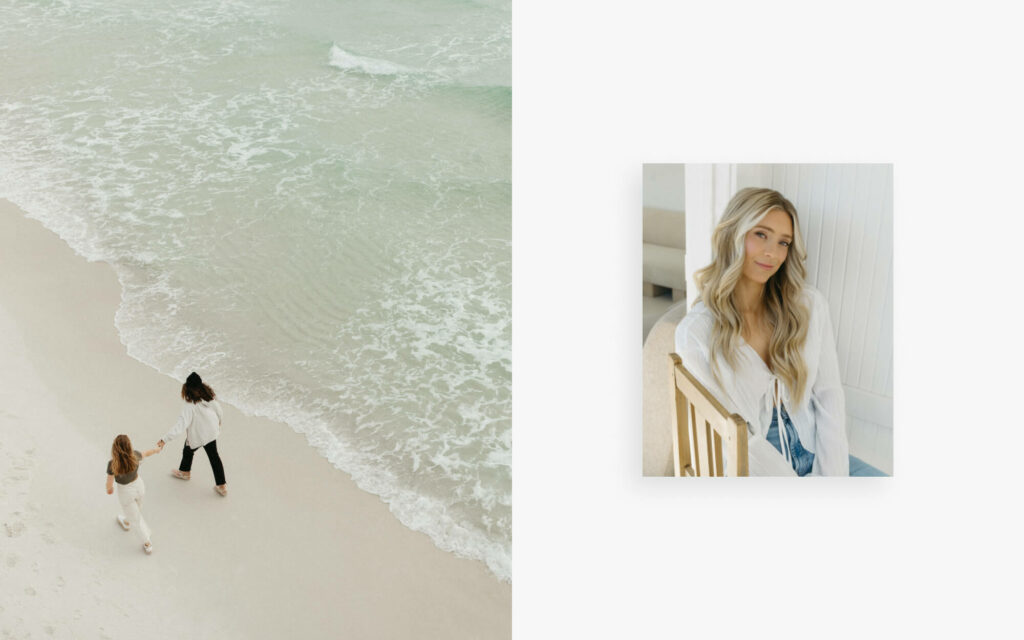BLOG

Interview with André Morgan – how to use your photography skills to contribute to a good cause
One of the best things about photography is how it helps us understand the world around us. The depiction of multitude of styles, visions and ideas expands our horizons and shows that, ultimately, we are more alike than different. It also reminds us about the powerful impact photography can have on entire communities.
André Morgan has bridged the gap between passion and profession, using his work to contribute to his local community. His perspective on sports photography is clear and full of purpose, showcasing both struggles within the industry, as well as potential.
In this interview, André offers practical advice for photographers who want to get started in the sports niche and shares helpful details on how to attract new clients. He also reveals how Pixieset products facilitate his work and amplify the impact he creates within the running community.
How would you describe yourself in a few words?
In a few words, I would describe myself as someone who is passionate about both outdoor sports and photography. Specifically, I take pleasure in using my photography skills to tell stories within the running community.
How did you start doing photography for sports events?
I started doing photography for sports events after purchasing my first camera during a trip to Tokyo. While there, I would run to various local temples with my camera, practicing my photography techniques by taking timed shots that utilized framing, symmetry, and leading lines.
Upon returning to Toronto, I attended the Lululemon Community Legacy Relay in 2018, which featured run crews from across the city competing. I decided to capture the event by taking photos at different spots along the route. After creating a Pixieset client gallery and sharing it with the community, the images became very popular, with the gallery containing the most viewed and downloaded images to date.


Your pro bono work led to accessing paid work for famous companies - how did it happen?
I began attending running crews with my camera, strapping it to my chest and running alongside the group. By speeding up ahead of them, I was able to capture photos of the runners along the route. Within hours, I would upload the photos to a Pixieset client gallery and provide the runners with a link to download them. The images became popular and were shared on Instagram and even used as Strava account profile pictures.
As my photography gained traction, I was approached by the local run shop, Culture Athletics, to photograph their Nike event series. This led to other brands reaching out to me for campaign consultations. Eventually, I began pitching campaigns to different brands to bring their products to the running community.
What are the main challenges when taking photos in the sports niche?
A challenge that I face is getting brands to recognize that their products should be represented by everyday athletes to accurately reflect their customer base. There is often a narrow focus on showcasing individuals who appear to be fast and thin, which limits the creative representation of a wider range of athletes.
How do you adapt to the brand’s style, while also keeping your own aesthetic consistent?
To ensure that a brand's style is adapted while keeping the photographer's aesthetic consistent, the photographer must consider the brand's design brief while also allowing for creativity and individuality in their shots. It is important to capture the personality of the attendees and the unique aspects of the event.
Additionally, allowing access to the photos to attendees can lead to more effective marketing as individuals share their stories. For product photos, the focus should be on capturing the runner naturally in their environment without forced posing or running form, with the brand taking a secondary role in the shot.

How does Pixieset support your workflow as a photographer?
Pixieset is an essential and valuable tool in my photography workflow. One of the biggest challenges of being a photographer is making sure that clients can easily access and download their photos. Pixieset simplifies this process by providing a user-friendly platform that ensures the best possible presentation of my work. Unlike other solutions like thumb drives or other cloud-based storage options, Pixieset provides a visually appealing and easily accessible way to showcase my photos.
My Pixieset website and client gallery serve as a repository for the running community, with permanent link handles that get updated with new photos as new events occur. This way, clients can easily revisit and download new photos. Overall, Pixieset is an essential part of my workflow and a valuable tool for any photographer. Now I'm creating quotes and invoices for clients with the Pixieset Studio Manager.
Besides photography, what are other ways one can contribute to a community and make a difference?
In addition to photography, there are many other ways to make a difference in your community. For example, one way is to organize events or fundraisers for a charitable cause. In my case, I have organized a group of photographers to take photos of runners who have donated to the Coldest Night of the Year Campaign. The runners can download the photo as a thank-you for their donation. This is a great way to use my photography skills to contribute to a good cause.
Using the same brand and client contacts, I pitch ideas to host local events for the running community. These events allow participants to connect with the brand on a more personal level, and provide an opportunity for the brand to seed its products to those who actively engage in race events.
What are the most valuable lessons you learned by doing this type of work?
To have a better working relationship with someone, it's important to understand their current situation and meet them at their level. I believe that people don't take enough photos of themselves because of unrealistic beauty standards and the idea that a good portrait must fit a certain mould. However, I strive to be creative without putting unnecessary pressure on my subjects. Additionally, I always respect people's boundaries and won't share unflattering images.

What would you recommend to younger photographers who want to start doing photography?
Instead of just telling people to start taking photos, I suggest finding subject matter that you enjoy and want to share. You can start by looking for things that are accessible in the places you frequent. For example, I run with groups of runners, but you might pass by beautiful architecture or interesting interiors on your walk to work. Start taking pictures of the buildings and things that catch your eye.
Not everyone is comfortable approaching strangers for photos or asking for permission, so you can also take landscape photos on your weekend hikes. Then, share your photos online without overthinking them. Don't worry too much about growing your following - just curate your space the way you like it.


What are three lessons photographers can learn from athletes?
Practice: just like athletes, photographers need to consistently practice and refine their skills to improve their craft. This will allow you to improve on what you consider great photos and develop your abilities to create their unique style of work.
Perseverance: Like athletes, photographers won't always succeed, and not everyone will appreciate their work. To prevent distractions and technical difficulties, it's important to keep things simple.
Focus: Just as athletes, must maintain focus during a race, photographers need to be attentive and anticipate the shot before setting up their gear. This allows them to capture the moment and create compelling images. I'm always looking out for the next photoshoot location across the city or out on the trails even without my camera.
André’s philosophy and path, show once again that giving before receiving can be the winner strategy for photographers who are just starting out. By helping the running community through his craft, he made his voice heard and his portfolio noticed. As a result, it led him to exciting partnerships with commercial brands. Sometimes, the best way to get going is by putting your photography skills in the service of those who need them the most. From there, it’s just a matter of time till the ball rolls and things get traction.
You can check André’s photography on his website or Instagram. If you’re looking for more inspiration and insightful stories from fellow photographers, be sure to check out other interviews on our blog. Elizabeth Messina talks about how her core beliefs influence her unique approach to portrait photography. Adam Wells shares how he builds genuine relationships with his clients, so they don’t feel transactional. KT Merry thinks that every photography job is an audition for your next project. And Ashlie René recommends letting go of your ego when serving clients, to ensure a more fruitful collaboration.




